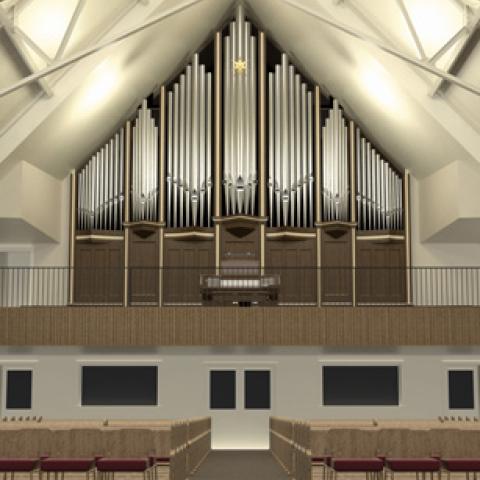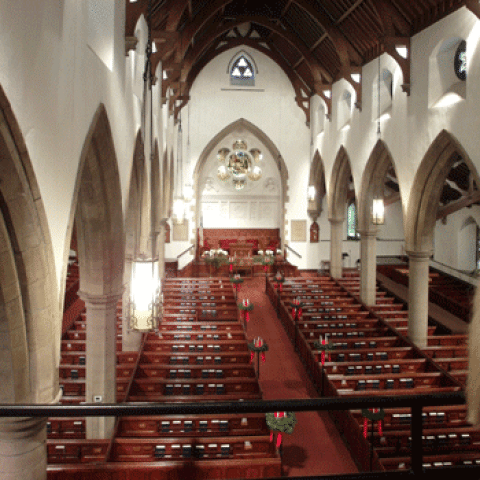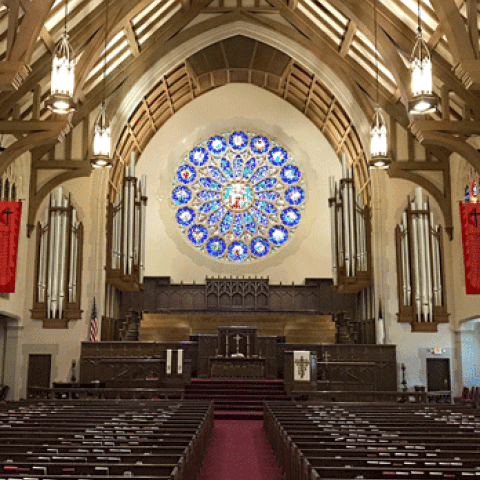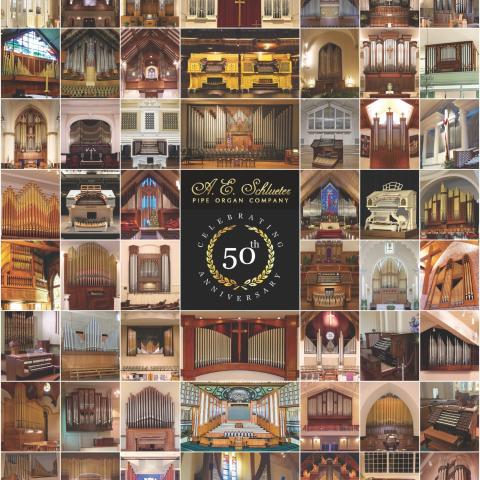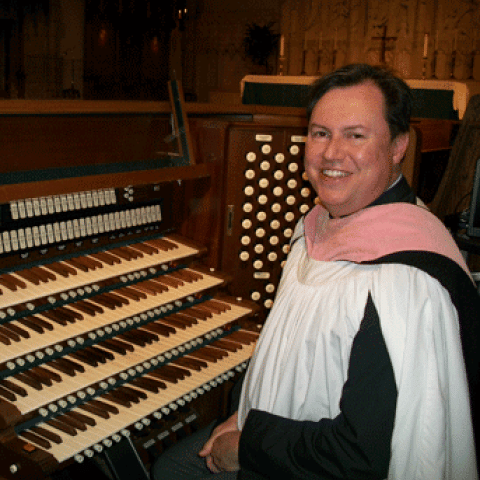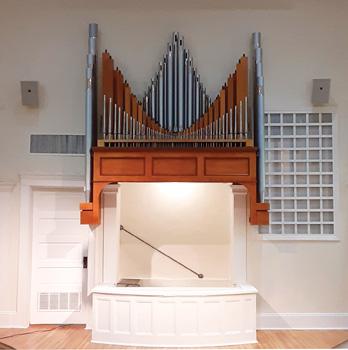
A. E. Schlueter Pipe Organ Company, Lithonia, Georgia, has completed reinstallation of the two-manual, nine-rank organ at Edison Baptist Church, Edison, Georgia.
The instrument, originally built and installed by Wicks Organ Company, was severely water damaged when the church roof was ripped off by a recent hurricane. As a result, the entire organ was soaked with rain, necessitating a complete rebuilding of the organ.
Schlueter worked closely with the insurance company to ensure that the organ was protected and renovated to once again provide service to the congregation.
For information: pipe-organ.com.
Other organbuilder news:

